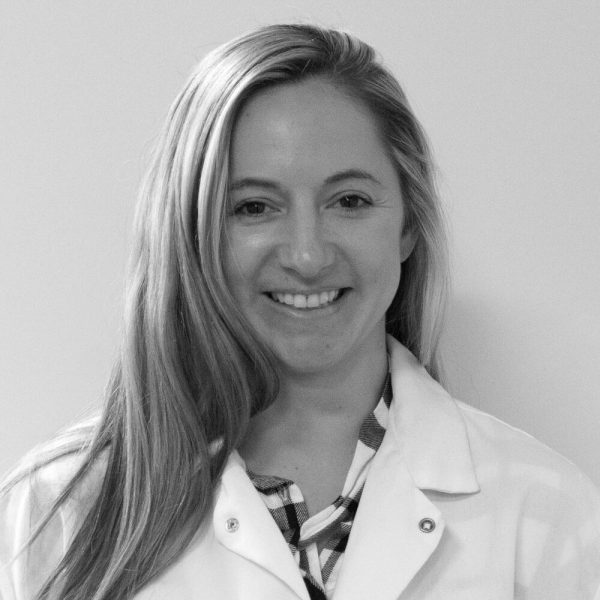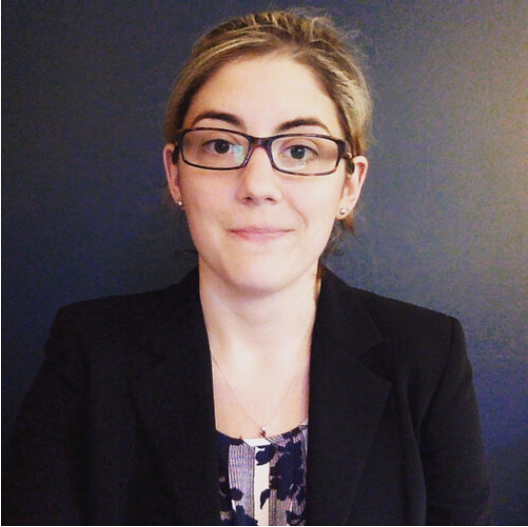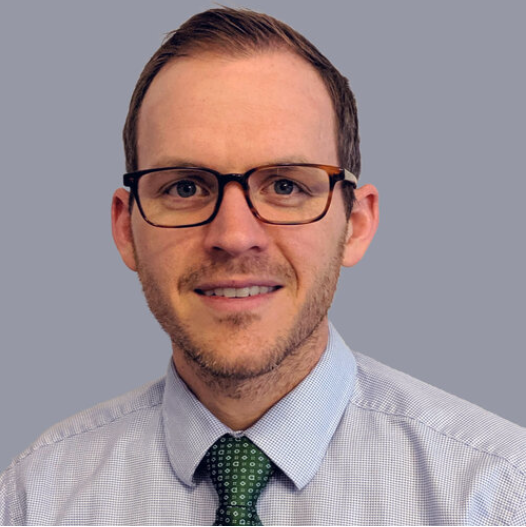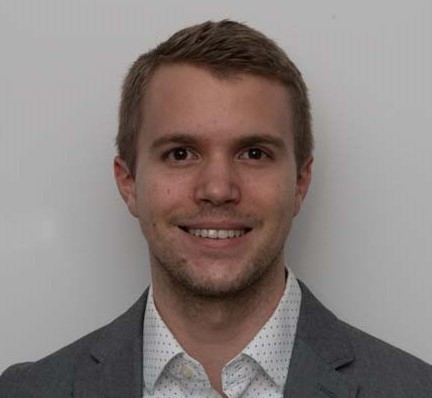Biomedical Research / Scientific Community
Featured Investigators
We’re proud to provide a platform for researchers across the world to explore topics within and adjacent to the single ventricle field. This series specifically highlights the work of early career investigators that are moving the needle in the single ventricle research landscape.
Jaci Bliley, MS
Jaci Bliley is a PhD candidate in biomedical engineering at Carnegie Mellon University in Pittsburgh, PA. Jaci earned her bachelor of science in health management systems from Duquesne University in 2010, and completed her master’s in medical science at Boston University in 2012. Before joining Dr. Adam Feinberg’s Regeneration Biomaterials and Therapeutics Group for her doctoral research at Carnegie Mellon University in 2016, Jaci studied peripheral nerve and soft tissue regeneration at the University of Pittsburgh. Jaci’s doctoral research focuses on cardiac tissue engineering, stem cell differentiation, embryonic heart development, disease modelling, mechanical loading, and tissue vascularization strategies. Jaci recently defended her doctoral thesis work titled “Mechanical Loading of Engineered Heart Muscle Tissues for Disease Modeling and Repair of the Human Heart”, and will graduate with her PhD in just a few short months.

Article published September 20, 2021
How did you enter your field? What inspired you to conduct research in this field and to include single ventricle as a focus? What motivates you to do what you do?
From a young age, I was always fascinated with the human body. My mom, who is a nurse, would always tell me about the different organs and their functions. I remember asking questions about the heart and the brain, especially in relation to disease. I always wondered if there were ways that we could help people with severe damage or disease to their organs and tissues. When I attended college, I knew I wanted a career in research or medicine, but wasn’t quite sure where I fit. Thus, I threw myself into STEM classes and research, investigating stress hormones in salamanders and human anatomy, even coming in at night and on the weekends to dissect cadavers. Research held my curiosity, but I really wanted to be able to apply my work to helping people. So after graduating, I pursued a master’s and I avidly searched for laboratories that were developing tissue engineered therapies that could help people. I performed my thesis work and subsequent post master’s research in the Marra-Rubin laboratory at the University of Pittsburgh, where I developed translational therapies to reconstruct soft tissue and regenerate peripheral nerves. This experience inspired my dreams of running a laboratory someday, so I applied to Biomedical Engineering PhD programs. In particular, I was interested in Adam Feinberg’s lab at Carnegie Mellon University, where he was using bioprinting and other biofabrication methods to engineer heart muscle tissues to better understand disease and to repair or replace the damaged heart.
At the Feinberg lab, I became immersed in the heart muscle tissue engineering field. In particular, I became infatuated with the process of heart muscle formation, where your heart begins as a linear tube and then bends and loops to form its more mature three-dimensional structure. This also led to my work in the single ventricle field, where I began to wonder if we could use the same principles that underlie heart formation to engineer either contractile heart tubes or heart-like organ replacements in vitro. Working with Additional Ventures has been a great opportunity because I can bridge my passion for helping people and building heart muscle. Particularly, hearing from patients at the 2021 Single Ventricle Investigator Meeting had a profound impact on me. It is my hope that my work will help contribute to additional therapeutic options for single ventricle patients.
Based on your experience, what are some gaps in the field we have yet to fill as a community?
There are several gaps that I see in the field that we need to fill as a community. Specifically in relation to bioprinting heart muscle tissues. Here, we need to be able to:
1) Produce enough cells with the appropriate genetic background to fabricate contractile heart tissues,
2) Generate vasculature that can support the viability of thick heart muscle tissues, and
3) Incorporate bioreactors that can mature heart muscle tissues both mechanically and electrically to achieve appropriate functional output.
Who and/or what organizations are needed to tackle these gaps?
We need experts in medicine, genetics, developmental biology, manufacturing, engineering, and regulations. We also need input from single ventricle disease patients and their families. The list goes on and on.
What’s the one thing you wish people knew about this disease?
One thing I wish people understood better is the significant impact this disease has on patients and families, not just through early stage surgeries, but throughout the patient’s entire life. This is why it is important to hear from single ventricle patients and their families so that we can better tailor our research to fit their current needs and expectations.
As an early-career investigator, how do you see collaboration between communities (researchers, clinicians, patients/families) evolving over the years? What would you like to see change?
Though Additional Ventures has done a tremendous job bringing together researchers and clinicians, I still think we need to focus on collaboration to create solutions for single ventricle disease. Patients and families are also a key resource that should be included. Sometimes in research, we get into our “silos” and begin to forget the impact our work has on those afflicted by single ventricle disease. I am honored to perform research with Additional Ventures, especially since there is a tremendous focus on bringing these different groups together. We can really learn from each other.
What advice do you have for other early-career investigators looking to get into this space?
Open a dialogue with those researchers and clinicians currently working in the field. We need all the help we can get. And with the collaborative environment fostered by Additional Ventures, I think it is desirable to bring in as many researchers and clinicians with different backgrounds as possible in order to achieve big goals, like engineering contractile Fontan conduits or even whole heart replacements.


